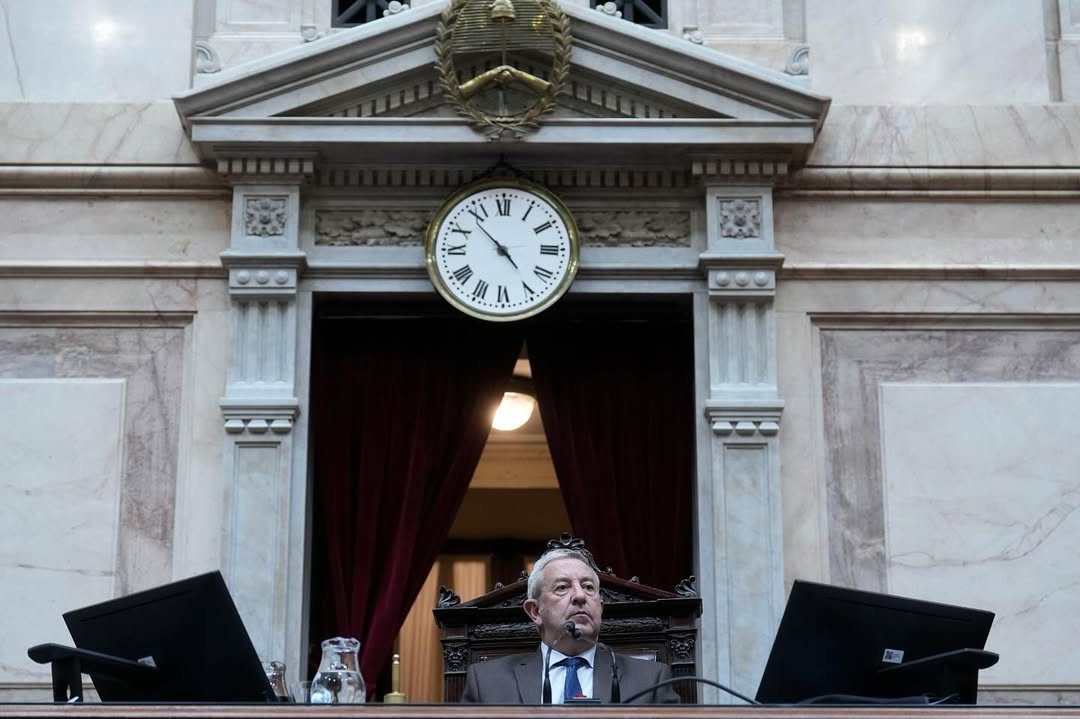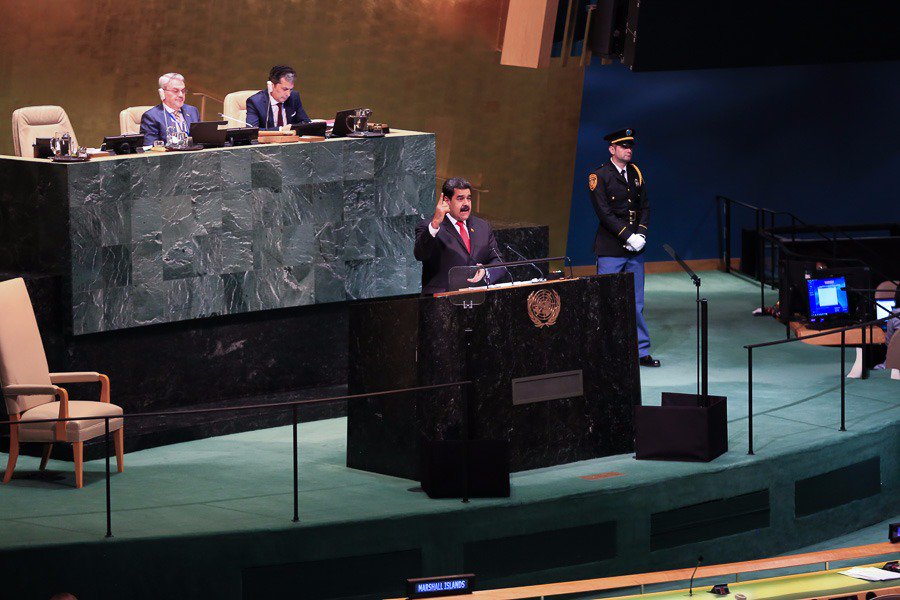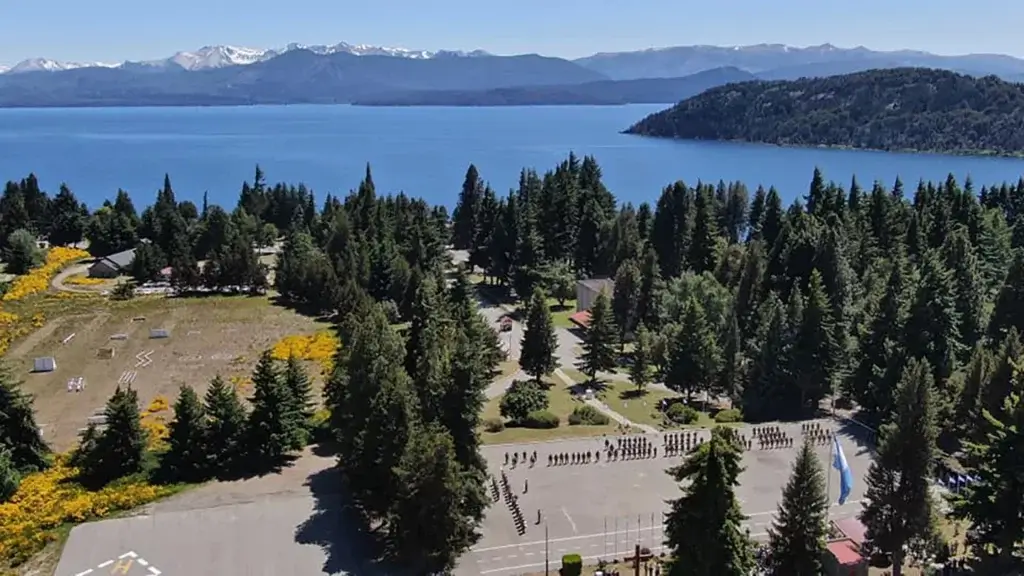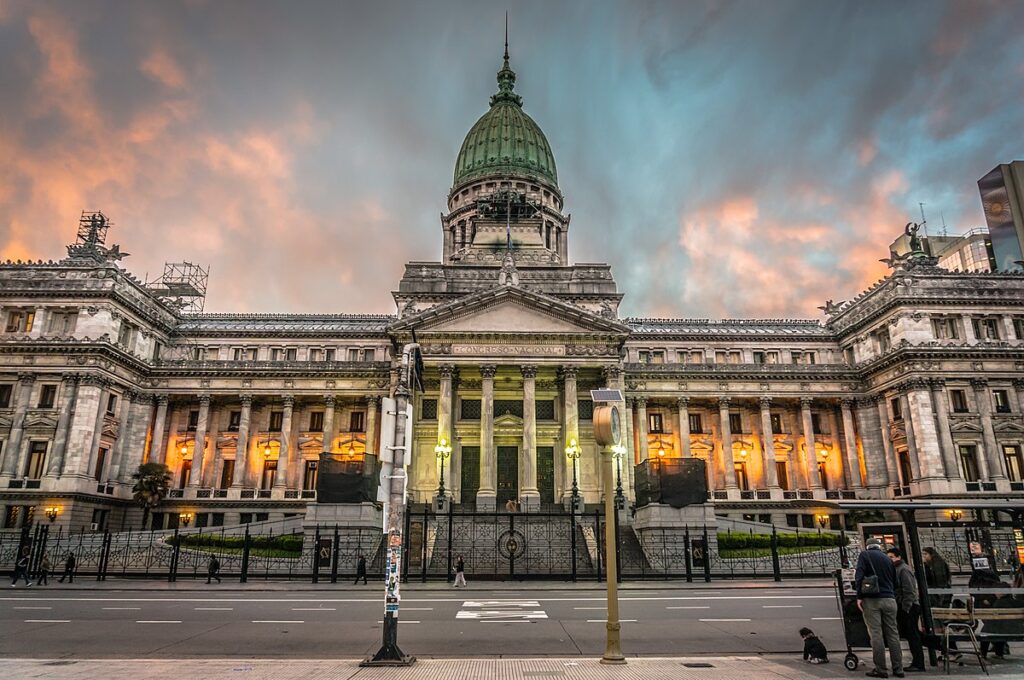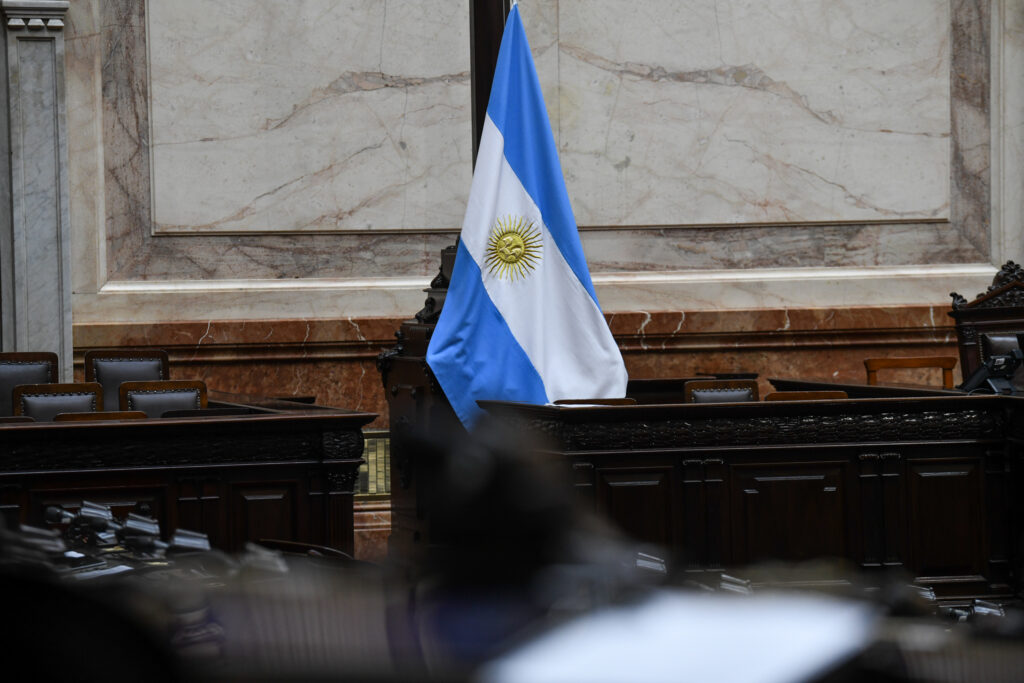Buenos Aires, Argentina — Argentina is known as the land of fine beef, the birthplace of legendary soccer players and a country who loves its late dinners. That final claim to fame could be disputed if Congress passes a proposal to shift the country’s traditional time zone from GMT -3 to GMT -4, in line with United States Eastern Standard Time (EST).
The bill was presented by Julio Cobos, former vice president and current congressman from Mendoza. The province in Argentina’s western region of Cuyo along the Andes Mountain chain is one of the many places affected by Argentina’s current time zone. During the winter months, the sunrise can be as late as 8.30 AM.
“Argentina has a mismatch between the official time (-3) and the time zone that actually corresponds to us (-4), which causes several inconveniences,” said Cobos on X. Defending his initiative, the lawmaker added, “That’s why I presented a project to change the official time throughout the national territory and align it with the correct time zone.”
Cobos’ bill would set Argentina’s time zone to GMT-4 in the winter and GMT-3 in the summer. He argues the change would give people more daylight hours and cut energy costs. The measure passed the Lower House on August 21 with 151 votes in favor and 66 against, and now heads to the Senate for debate.
Over the past century, Argentina shifted from GMT-4, aligning with the U.S. East Coast, to GMT-3, matching its largest trade partner, Brazil. The time zone was changed repeatedly during energy crises, even shifting to GMT-2 for brief periods in the summer. Starting in 1970, GMT-3 was set as the standard nationwide, with some provinces moving the clock an hour earlier in the summer.
“Argentina is almost entirely within the time zone 4 hours west of Greenwich, with only the mountainous region falling into the -5 time zone; however, we use the -3 time zone. Additionally, parts of Brazil, Paraguay, Bolivia, Venezuela, and Chile are currently in the -4 time zone,” argued Cobos on X.
While most of Argentina’s territory lies within GMT -4, most of its population lives closer to the East, with the Buenos Aires region housing almost half of the country’s people. Mendoza holds less than 5% of Argentina’s 45 million people, while the southern Patagonia region, also affected by the current time zone, houses another 5%.
Argentina’s customs have also aligned with the current time zone. Influenced by European immigration, especially from Italy and Spain, Argentines typically have an afternoon meal, merienda, even during work hours, followed by a late dinner often shared with family. As many tourists discover, dinner can start as late as 10 or 11 PM. Moving the clock an hour later could make that tradition impractical.
It is also unclear that the time zone shift will actually save energy. “I believe the real energy savings lie elsewhere. For example, having differential tariffs, where energy costs more during peak hours when everyone is at home using air conditioning, televisions, and other appliances and lights,” said former national Energy Secretary Raúl Olocco, speaking with news magazine Perfil.
Olocco served during the 1980s, when energy crises were frequent in Argentina. He argues that the energy saved by shifting time is negligible compared with the lack of coordination it causes between provinces.
“I think it’s not worth all the hassle. Argentina has already proven that energy savings don’t come from this. Energy savings come from having much cheaper and more accessible gas from Vaca Muerta than from any time change,” he concluded.
Featured image credit:
Image: Julio Cobos
Author: Julio Cobos on Instagram
Source: Julio Cobos on Instagram


